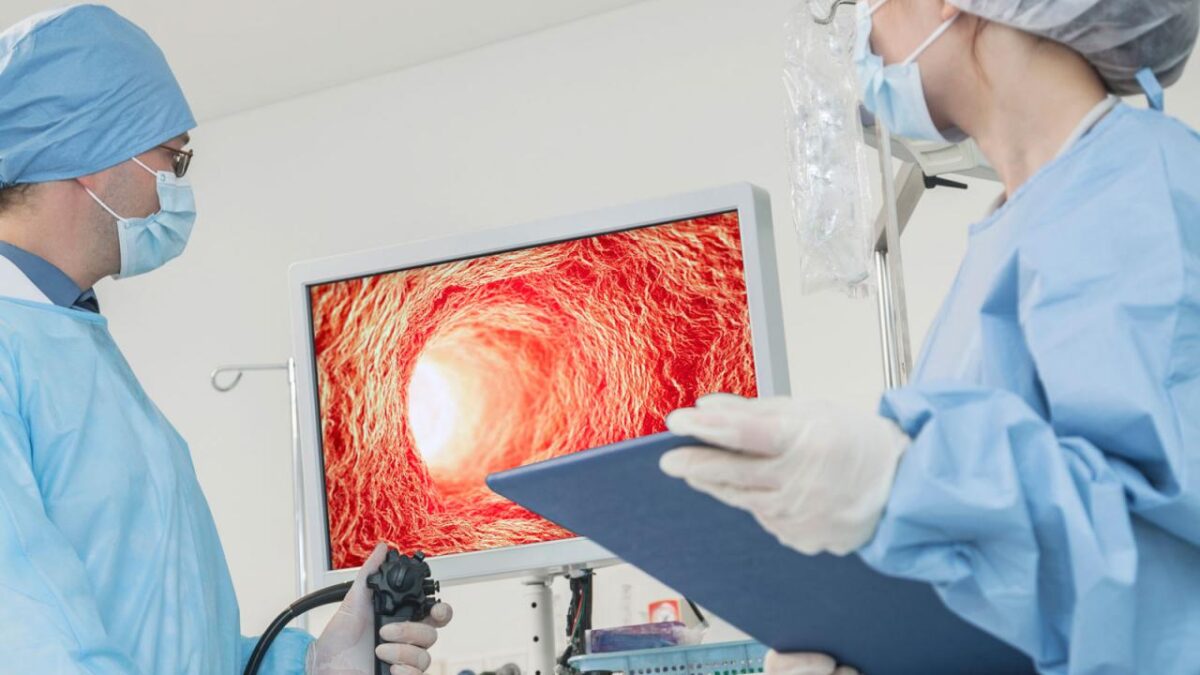Image science is one issue that has extensively gotten into discussion tables since time immemorial. Fast lane photography and photonics are some of the aspects that still demand extensive research to demystify every aspect easy for consumption by the public. Unfortunately, several devoted imagery journals are available online, yet the two factors’ popularity has truncated. This article aims to decipher the subject of photonics and clarify why this factor is crucial in this era of technology and most especially in years and centuries to come.
Many people wonder whether technology is at its peak and whether the world will witness significant transformations in the technological sector. The post sheds some light on the matter: just a hint, all points at photonics and fiber optics developed in the 1900s. The world is about to witness mind-boggling innovations like never before. Unlike before, today, the innovation environment has a lot to make specific delusionary ideas accurate.
Meaning of Photonics
Photonics typically means a scientific process engaging the study of light waves. Photonics is the factor behind every light manipulation and recognition. Light takes a different form, and many scholars have explained the other courses a light can bring. However, the simplest way to understand this type of electromagnetic energy is through the various natures it comes into view. For instance, a photon is the nature of light that portrays wave speck duality with the character of both a particle and constant electromagnetic wave. To know the type of light in use varies depending on the interaction with a surface.
Photonics came into active use in the mid-1900s as a laser, but the same advanced into laser diodes as time went by. Initially, the primary target for photonics was to illustrate a subject by undertaking various functions through light. Photonics gained popularity in the late 1980s after the invention of fiber optics. Up-to-date photons have remained helpful in detecting and tweaking light in various industrial processes that call for light use.
The Future Depends on Optics and Photonics
While many acknowledge technology to the advancement and continued modernization, there is a lot more than one can comprehend relating to the factors contributing to the technological advancements witnessed. Talking of electronics, today almost all the electric devices have transistors whose number constantly increases per square inch in every progression. Scholars like Moore have attributed that in 20 years to come, further developments will seize with circuited devices. However, the future is still brighter for such electronic devices since photonics show great potential in coming up with gadgets and computer systems that work efficiently and faster.
The world’s most renowned tech companies are already making progress and investing in optics and photonics. Companies like Google, Excelitas, IBM, and Microsoft are already breaking the barriers and replacing the transistors with optics incorporation with photonics to develop the world’s most exclusive products.
Photonics and Imaging
The world has gone through the era of camera obscura to the modern-day DSLRs showing tremendous growth in the imaging system. With excellent imaging, it is possible to study various science forms, including life science, security, and medical science, to enhance human living standards. With dedicated imaging systems backed by top-notch frames, it is possible to study fast features such as chemical reactions and electrons’ behavior. Without the help of photonics and fiber optic devices, this is unfeasible considering the processes’ speed.
Security has been a significant concern, and heated debates concerning how to end terrorism and other threat to homeland security have occurred. It is, however, encouraging the progress as far as safeguarding entry points such as airports and other targeted spaces. Thanks to photonics, governments have managed to develop imaging systems for repetitive and non-repetitive occasions. Aided by devices such as Femto Photography cameras, X-rays, and other imaging processes can happen, creating solutions in both the medical and security sectors.
In a TED talk that happened mid-2012, an MIT researcher of Indian origin, Raskar Ramesh, explained to his audience that a Femto-photography camera has the potential to capture an image at a fascinating one trillion frames every second. This makes it capable of capturing the motion of a speeding light.
Still, on matters of imaging, the 21st-century generation is endowed with smartphones with photography potential. Modern phones get integrated with cameras that have multiple pixels to give more persistent and sharp pictures. However, with photonics, the millions of pixels will reduce to one, reducing the cameras’ sizes. Surprisingly, the quality of images will be more than what we the phones can offer today.
Find Solutions at Excelitas
When it comes to photonic products, Excelitas is known to provide the best. The technological company has gained global recognition based on its dedication to giving items comparable to none. Apart from photonic detectors, the company also provides various other electronic items such as flash lamps, emitters, and high-energy switchers, among other devices. Any person building up a product that needs light owes it to them to engage the company for insights and photonic solutions to make the whole process accurate.
With a devoted portfolio full of tech solutions such as optical and illumination technologies, among many more, the company provides assurance for a customized solution to everyone looking forward to building an exclusive system. Whether one wants imaging or a material processing system, the teams of expert engineers are ever ready to work with any team in creating discrete structures for the enhancement of performance and market security. The company complies with all ITAR requisites as well as other regional legislative directives.
Summary
While the future is indefinite, photonics is giving a hint to a fast and more efficient outlook. This is why researchers and tech think tanks are getting down to serious exploration of bringing the future closer. While one would think that the 21st century has had it all in terms of technological advancements, there are yet more shocking revelations that will unleash in coming decades. By the year 2030, this world would have tremendous transformation nobody would have imagined coming.
Related posts

Recent Posts
- The Future of Rummy: Trends and Predictions April 16, 2024
- 6 Questions to Ask Your Hardwood Flooring Installer March 28, 2024
- Inside Rinat Akhmetov Foundation’s Blogger Camp for Ukraine’s Young War Survivors February 29, 2024
- Driving Success: Exploring the Benefits of Golf Simulators for Businesses February 23, 2024
- UNLOCKING EFFICIENCY: YOUR GUIDE TO INDUSTRIAL EQUIPMENT MAINTENANCE November 8, 2023
- SELECTING THE RIGHT PUMP MATERIAL: FINDING THE PERFECT FIT FOR YOUR APPLICATION October 27, 2023
- Combining Fundamental and Technical Analysis on TradingView August 26, 2023



Stay connected